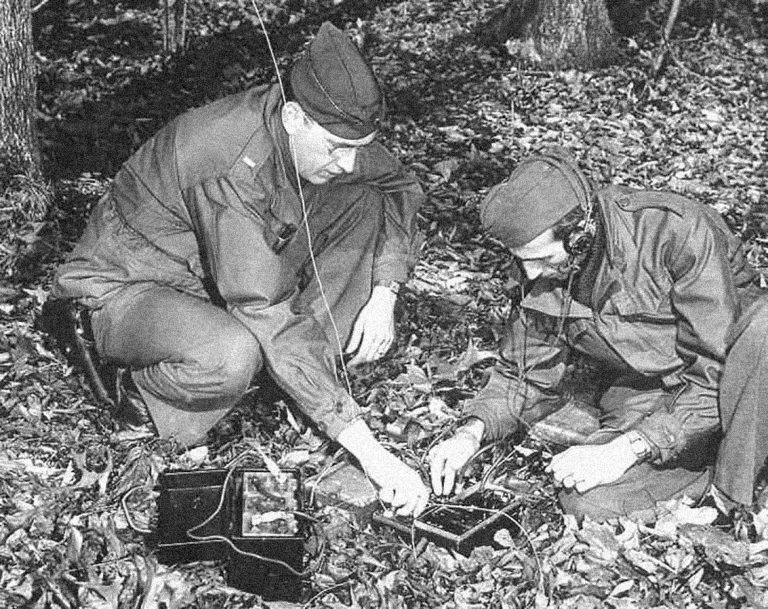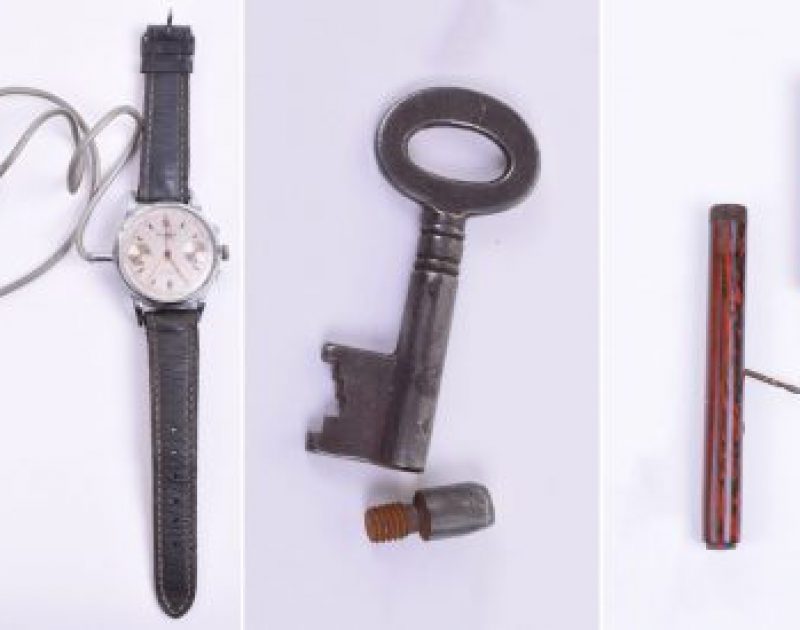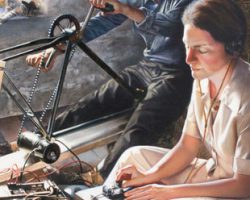The Special Operations Executive (SOE) Agents
Many of our elders were involved in the Second World War. A small number were recruited for specific missions to fight the enemy of the time, the Germans, and facilitate the work of combatants on the ground. This was the role of the Special Operations agents.
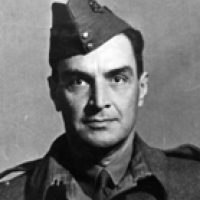
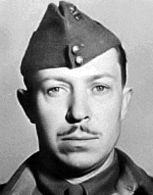
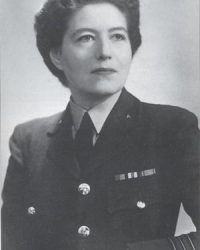
France Antelme, Claude de Baissac and his sister Lise, Jean Joseph Roger Clarenc, Philippe Duclos, Jean Larcher and his brother Maurice, Amédée Maingard of Ville-ès-Offrans, Edmund Mayer and his brothers James and Percy, Marcel Rousset and Alix D’Unienville officiated as secret agents in the “F” section of English SOE during the Second World War. SOE also had a French network, the “RF” section, which included in its ranks Odette Ernest, considered a heroine. In addition to their personal abilities, it was the bilingualism of Mauritians that was one of the determining factors in their recruitment into the British forces. Our compatriots also had their gadgets and secret weapons: pencils containing a blade, mechanical pencils that could be used as a pistol, explosives, etc. Mauritians were given various major missions and carried out acts of sabotage. As a sign of recognition, several streets bear the names of these veterans and secret agents of the SOE. Among, we find those of Odette Ernest, Amédée Maingard, Maurice Larcher
Lise de Baissac
- Lise Marie Jeanette de Baissac MBE CdeG (11 May 1905 – 29 March 2004), code names Odile and Marguerite, was born in Mauritius of French descent and British nationality. She was an agent of the United Kingdom’s clandestine Special Operations Executive (SOE) organization in France during World War II. The purpose of SOE was to conduct espionage, sabotage, and reconnaissance in countries occupied by the Axis powers, especially Nazi Germany. SOE agents allied themselves with resistance groups and supplied them with weapons and equipment parachuted in from England.
- Lise de Baissac was one of the first SOE female agents to be parachuted into occupied France in 1942. During her two missions to France she often worked with her brother Claude who headed the Scientist network of SOE. The couple was most useful shortly before and after the D-Day invasion of France by the allies. The de Baissacs armed and organized French Resistance forces to hinder the German response to the invasion and to assist the allies. Lise de Baissac had frequent encounters with German soldiers in the heavily militarized region in which she worked, but she eluded capture. She was awarded several gallantry awards after the war.
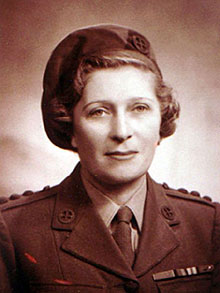
Special Air Services
The Special Air Service was a commando force operating behind enemy lines during the war in North Africa and Europe. It was formed in 1941 and disbanded on the 30th November 1946. It comprised three battalion, the 21st , 22nd and 23rd. The 21st and the 23rd were Territorial Army units but were not popular. The 22nd Special Air Service was associated with the most well known operations and it comprised of four troop units – the air troop; boat troop, mobility troop, and the mountain troop.
Mauritian SAS Agents
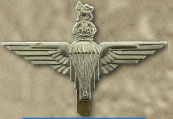
Yves Antoine Charles Serge Cantin He was born in Paris, but grew up in Mauritius as from two years old. In 1940 he refused the capitulation of France, and engaged in the Royal Air Force before shifting to the Free French Forces. He was part of the first company of the third regiment of the SAS parachutist brigade. He took part in several missions to destroy road convoys. In all, he accomplished about twenty missions and convoy interceptions. He was demobilized in 1946 as Honorary Captain.
Raymond Gerard Rault
Born in Quatre Bornes on 1st August 1917, Raymond Rault attended his secondary school at Royal College Curepipe. He studied law in London. After completing his studies in 1939, he joined the British Army which he served till 1947. During his army days he served as parachutist in the 6th Airborne Division, including the DDay landings in Normandy and Germany. He also participated in the liberation of Copenhagen in 1945. After 1947, Raymond Rault became a prominent politician in Mauritius.
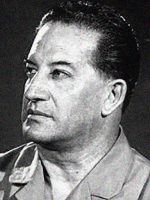
Spies and Secret Agents
Spies and secret agents played an important role in World War II. Spies were generally people who already had access to secret documents and information. If a spy could get hold of a secret information, it could save thousands of lives. Each country had their own spy organizations that tried to get secret information about their enemies such as troop movements, supplies, bunker locations, and new weapons. For instance, “The Abwehr” was the German intelligence agency. It was successful in infiltrating the Dutch Underground during the war. “MI5 and MI6” were the British intelligence agencies. One of their biggest successes was the “Double Cross” program which turned German spies into double agents. They also placed many spies into France in order to frustrate the Germans and prepare for the Normandy Invasion on D-Day. “OSS” (Office of Strategic Services) was the U.S. intelligence agency during World War II. The OSS recruited and trained a number of Austrians and Germans to become spies during the war, including the spy Fritz Kolbe who provided details of the German defense prior to D-Day. During World War II, the British developed the Double Cross System. They would find German spies and then turn them into double agents. They were very good at this, turning more than 40 German spies into double agents. They could then use these spies to find out information about the Germans as well as to provide the Germans with false information. These agents were equipped with some cool gadgets that helped them with their jobs. Many of these gadgets were used to hide secret messages including hollowed out corks, fake fence spikes, and plaster logs to hide messages. Some spies had bicycle battery chargers which they would use to power their radio sets. Other gadgets included bombs hidden in rats, messages in micro-dots gun silencers, and shoes that left barefoot-looking footprints.
